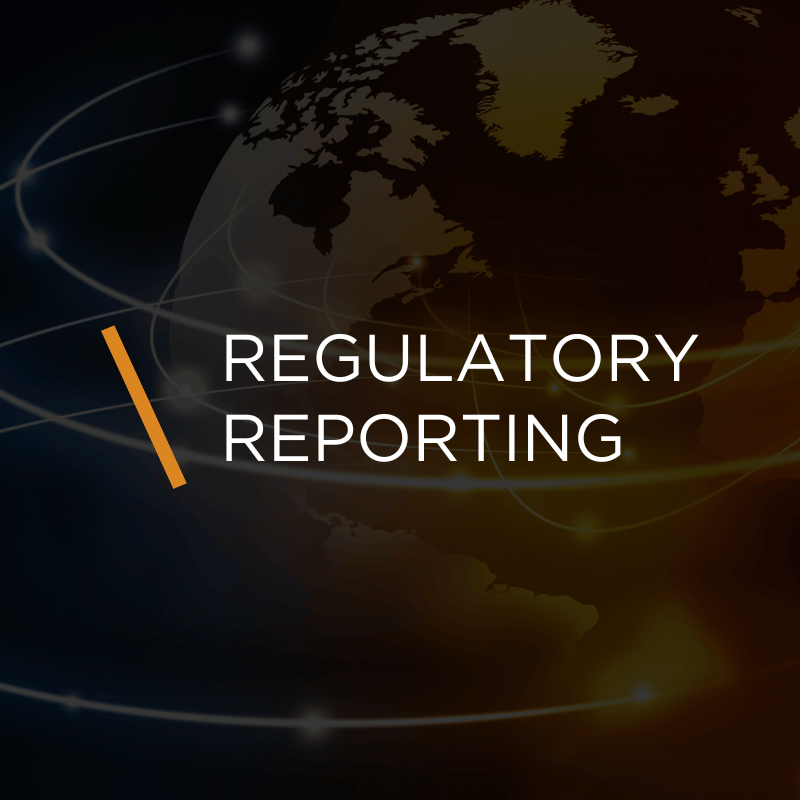Last week, ESMA published a letter to the Commission setting out 19 key areas where it believes AIFMD could be improved.
Specifically, ESMA’s letter includes:
- Harmonising the AIFMD and UCITS regimes;
- Delegation and substance;
- Liquidity management tools;
- Leverage; and
- The harmonisation of supervision of cross-border entities.
These key areas were provided in Annex I of the letter. Annex II, however, sets out more specifically, the key reporting issues where improvements could be made.
Below we detail some key reporting issues outlined in Annex II and ESMA’s proposed solutions:
Obligation to Acquire an LEI for the Manager and its Funds
In order to enhance the reporting regime and provide better identification of entities, ESMA has recommended requiring all AIFMs to acquire and report an LEI for themselves and their AIFs. This should apply to all types of AIFMs and their AIFs.
Detailed Information on the Composition of Assets and Liabilities of the Fund
In terms of Annex IV reporting, ESMA has recommended changing Article 24(2) of the Directive to establish the minimum content required to allow for the analysis of systemic risks. Currently, the Directive limits the details to be reported on assets held by the AIFs. This lack of detail regarding asset and liability composition, limits the usability of the data to monitor “how the activities of AIFMs may also serve to spread or amplify risks through the financial system” (Recital 2 of the Directive).
ESMA considers the information to be reported shall take into consideration the following principles:
- Comprehensive information regarding assets and liabilities to allow comparison with the aggregated figures on AUM and NAV.
- Detailed information on counterparties and issuers including LEI of the counterparty and issuers
- Data should be a direct extraction or a straightforward transformation of the internal data that AIFMs should maintain for their regular operations.
- The reporting template should consider other reporting regimes to which the AIFMs might be subject (e.g. MiFIR, EMIR, SFTR, ECB statistics on funds)
- Information on the liabilities of the AIFs should include cash/ deposits/ loan held by the funds and the liabilities of the funds, both given short positions, but also, information on shares/ units/ loans, maturity/ liquidity profiles and special arrangements.
- The use of the Securitisation Regulation template as a model for certain type of assets and liabilities relevant to AIFs (e.g. real estate investments, insurance contracts)
- Key information provided by the AIFMs in the Annual Report (Article 22) or disclosed to investors (Article 23) shall be included in the report to the NCA.
- The information on valuation regarding the reporting on assets described above, shall consider, if feasible, the impact of each item on AuM, NaV and leverage metrics.
Definition of Leveraged Fund
Due to the definition of leverage under AIFMD being so broad, ESMA has proposed clarifying the appropriate reporting content. In particular, Article 4 provides a definition of leverage that does not exclude a priori any means an AIFM may use to acquire and/or hedge assets:
“Leverage means any method by which the AIFM increases the exposure of an AIF it manages whether through borrowing of cash or securities, or leverage embedded in derivative positions or by any other means”.
In order clarify to reporting entities and supervisors the appropriate reporting content, ESMA believe that Article 4 AIFMD could clarify the notion of ‘leveraged AIF’ by simply linking the definition of ‘AIF’ and ‘leverage’.
The proposal would include in Article 4, that ‘leveraged AIF’ means an AIF whose exposures are increased by the managing AIFM, whether through borrowing of cash or securities, or leverage embedded in derivative positions or by any other means.
Timeline for the NCAs to update ESMA Register
ESMA believes that the quarterly update of the ESMA Register limits the value of the information provided as information on recent authorisations / withdrawals are not available in a timely manner.
ESMA is proposing a change to Article 24(3)(b) on the information to be submitted by AIFMs to NCAs and replace the reference of quarterly frequency by monthly frequency in Article 7(5) and 24(3)(b).
Reporting in Percentages
In order to address concerns around the quality of data provided when percentages are used to report to NCAs under Article 24(2), ESMA has proposed that monetary values should be used instead.
ESMA has however, acknowledged that the reporting of percentages might need to be kept for some fields like the monthly fund performance.
Restrictions in the use and Publication of the Reported Data
Article 47 of AIFMD provides that all information exchanged between NCAs and ESMA cannot be disclosed unless:
- Disclosure is required for legal proceedings; or
- The NCA gives consent for disclosure.
In practice, this introduces legal uncertainties regarding the possibility for ESMA to share any AIFMD data even when the data is anonymised, and individual AIFs cannot be identified. This is an issue in the context of ESMA’s work with NCAs, as well as with the FSB and IOSCO.
To address this issue, ESMA has proposed aligning Article 47 with ESMA Regulation Article 70(2), accepting use, distribution and publication of the data in summary or aggregated form, such that individual financial market participants cannot be identified.
Reporting for Private Equity Funds
According to Recital 78 of the AIFMD, Private Equity funds do not have to report leverage at the level of the structure they invest in (e.g. Special Purpose Vehicle). In practice, it implies that gross exposures and NAV are only based on the equity approach and not on the consolidated approach used for accounting purposes. As a result, actual leverage of Private Equity is under-reported, which could also provide a way to bypass potential limits on leverage under Article 25.
To tackle this issue, ESMA has recommended removing the reference in the recital mentioning that PE funds do not have to report leverage at the level of SPV to ensure harmonised reporting requirements for all AIFs independently of their type.
Requirement to Report ESG metrics
Currently, the AIFMD reporting template does not contain any fields on ESG data. ESMA has recommended adding a reference in the Directive that ESG factors should be considered in the AIFMD reporting to monitor ESG related risks.
The inclusion of ESG factors in the reporting obligations under Article 24 would be in line with “EU Commission action plan on sustainable finance” and ESMA developed “Strategy on sustainable finance”.
European mandate for ESMA and ESRB to Analyse Systemic Risks
Pursuant to Article 25 of AIFMD, NCAs are required to analyse systemic risks. At the same time, there is no explicit mandate to analyse the data at European level by ESMA or the ESRB, even though NCAs without EU data cannot conduct a complete EU systemic risk analysis but only an analysis at national level.
ESMA has recommended a proposed solution could be the amendment of Article 25 to include an explicit mandate for ESMA and ESRB to analyse systemic risks.
How Funds-Axis can help
Funds-Axis support a broad range of global regulator reporting requirements.
Our solutions perform all the relevant calculations, automatically applies all the relevant data taxonomies and enables one-click generation of the required regulatory reports.
Our solution enables organisations to rapidly comply with these regulations, without the need to develop costly in-house solutions. The cost of compliance is significantly reduced through plug-and-play functionality, integrated data availability, automated report production and through availability as a hosted software as a service solution.
Our regulatory reporting solutions include:
Request A Demo
Error: Contact form not found.





